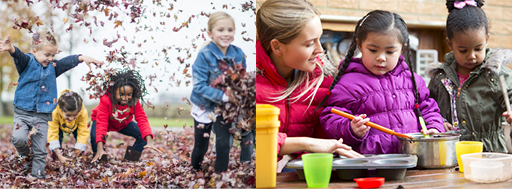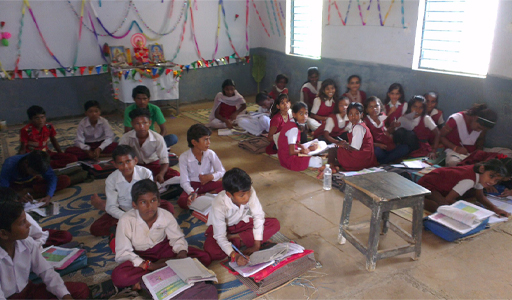3 Primary education: the global context
It is likely that you are familiar with some version of a primary or elementary school system from having gone to school yourself, from the experiences of your own children or children that you know. In primary schools around the world, children learn to read, write and count. There are also distinctive cultural additions to curriculum: children in a rural school in Uruguay, for example, may learn how to milk a cow, primary school children in Vietnam perhaps learn etiquette, and children in Russia traditionally learn ballroom dancing. Perhaps when you were a child in primary school you learned something that was distinctive to your country in terms of its history, geography, culture or language.
Primary education or elementary education generally refers to the first phase of formal education for children between the ages of 5 and 12, with a national policy and curriculum created specifically for this age phase. However, around the world there are older learners in primary classrooms, where young people start school late due to economic circumstances or are kept back after failing examinations. ‘Primary’ children also do a considerable amount of learning when they are not in school, as they play at home and watch and listen to others in their communities. Basic education covers the primary age phase but can apply to learners of any age and aims to provide literacy and numeracy skills for life and work.
Early childhood refers to a distinct phase of development, from birth to age 8, encompassing nutrition and physical and emotional well-being as well as cognitive growth. This phase overlaps with primary education, since most children go to school at age 5 or 6. Early childhood education is often distinct from primary education, focusing on young children’s social and emotional health, and learning through guided play and exploration (Figure 2). There is much interest globally in Early Childhood Education (ECE) and Early Childhood Development (ECD), because children who experience high quality ECE are more likely to thrive and succeed in primary school. In many countries, education policy increasingly promotes a less formal, more child-centred approach in the early years of primary school.
Around the world, the primary school curriculum is often described as ‘the basics’, that is, learning to read, write and count. But there are often many other aspects to school learning for young children, such as science and environmental or sustainability studies, history and geography, personal, social and emotional health, citizenship, physical education, creative arts and, often, learning a second or third language. Around the world, children are taught the same subjects in different ways. In some classrooms children learn by memorisation. In others, children learn through exploration and play. In many settings it is a combination of both.


